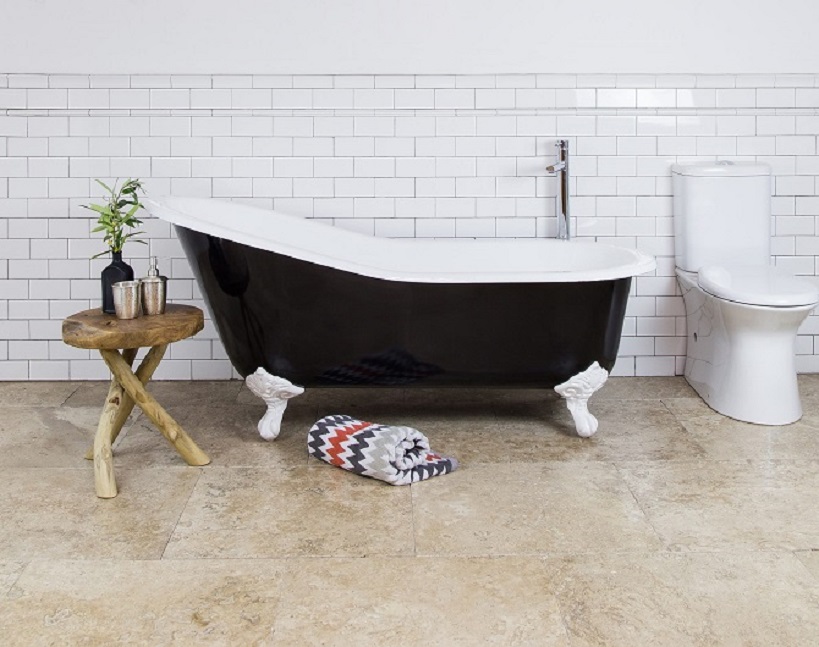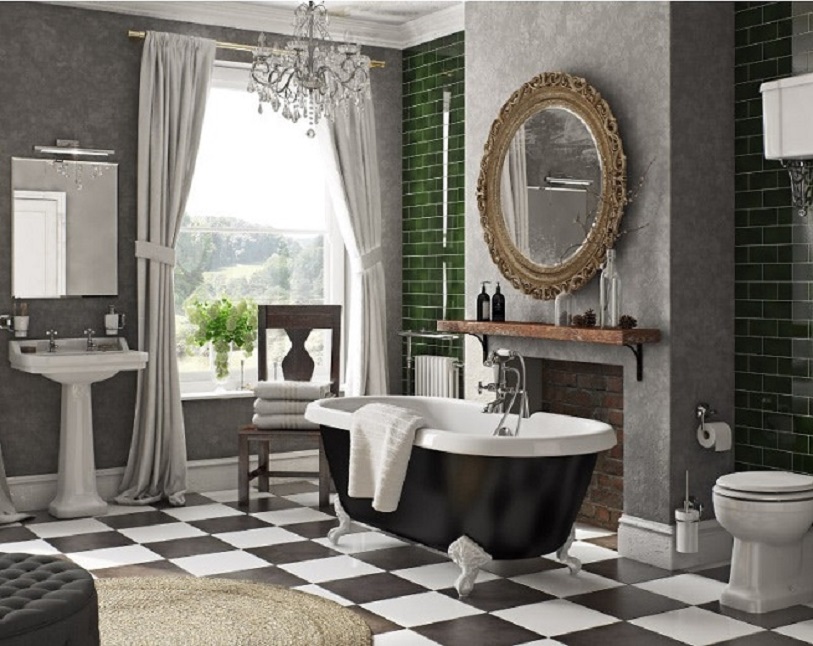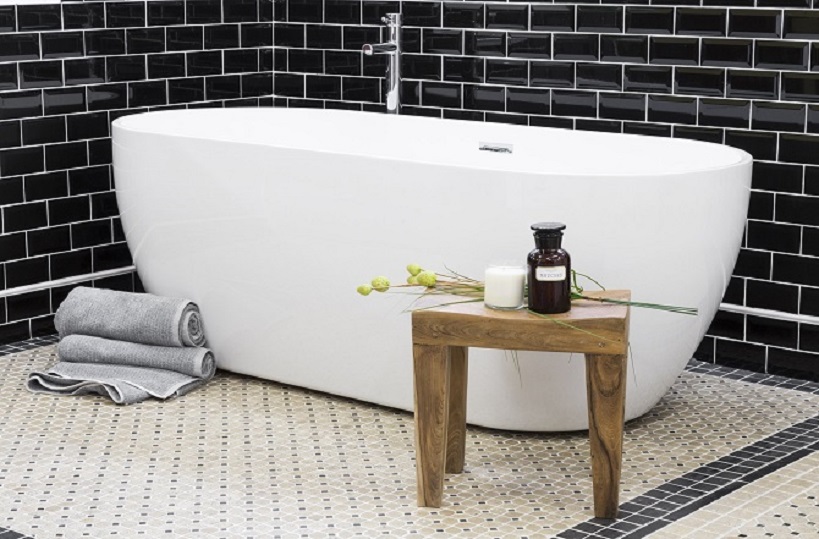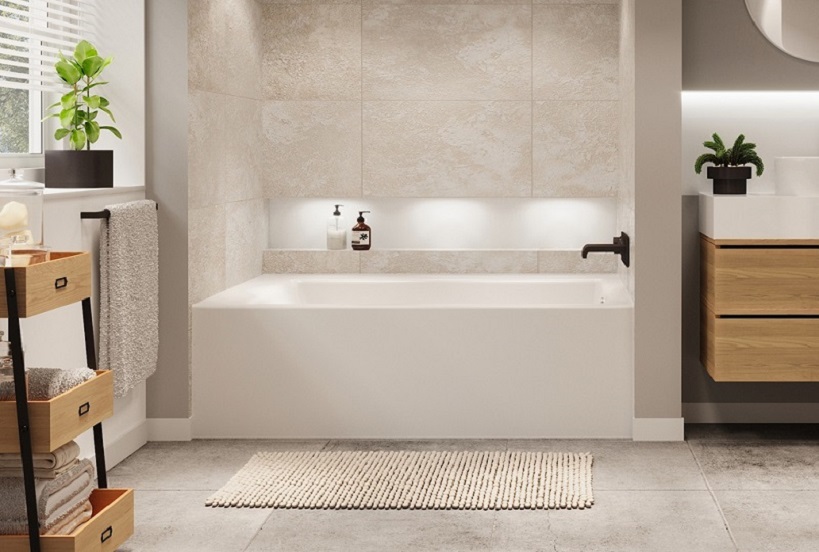Acrylic Vs Cast Iron Bathtubs: The Right Choice Can Enhance Your Bathroom’s Design
Contents
At our house, the bathtub is the place to scrub down squirming children, soak a sore back, and relax after a hard day’s work. So, just like with the mattress, the bathtub is not a thing to skimp on if you plan to do more than just look at it.
As you weigh your options, you’ll come to the conclusion that acrylic and cast iron tubs offer the best value for money. But before you choose one over the other I think it’s important to consider the lifetime durability and maintenance needs as well as upfront costs of the tub itself. Shipping and installation requirements are also important considerations.
What Is a Cast Iron Bathtub?

Cast iron tubs are popular for their unique vintage look and long-term durability. These tubs start off as hot, liquid iron poured into moulds and cooled to harden into a bathtub that will last several generations. An enamel coat and fire polish give these tubs a smooth and ageless finish.
What Is an Acrylic Bathtub?
Often confused with fibreglass-reinforced plastic, acrylic bathtubs are built from synthetic materials and are available in a range of styles, colours and options like handles, seats, underwater lighting, jets, etc.
So, Which Is Better: Cast Iron or Acrylic Bathtubs?
Acrylic bathtubs are modern, versatile, moldable and lightweight. Cast iron tubs are just the opposite: traditional, classic and pretty heavy. Because both have their own characteristics, considering the ups and downs of each of them may help you decide what you really want in a bathtub.
Form Factors

Here is where these two bathtubs may be more alike than you might expect. Nowadays, you can find cast-iron tub available in many more sizes and shapes than the familiar clawfoot tubs of Victorian vintage. You can find all kinds of cast iron tub models from round, square and slipper, as well as alcove, drop-in and pedestal styles. But out of the bunch, the classic freestanding clawfoot tub is still the most popular option. However, the shape and style options with cast iron cannot be compared to the variety of acrylic selections. For every bathtub shape available, there is probably a version in acrylic.
Shapes and Features If you are looking for a special shape, moulded features or any kind of jets, your choice is definitely acrylic. Special features on acrylic tubs include body-cradling shapes, moulded seats, armrests and headrests. It is true that you can find cast-iron tubs today with jets, handles and some moulded feature, but you will have to pay dearly for these extras. Acrylic bathtubs can also be the choice if you want a tub with matching wall panels or a tub shower combo.
Supporting a Cast-Iron Bathtub
The weight of a cast-iron bath but can sometimes be a deal-breaker. Generally, the floor structure in a well-built home is usually enough to handle the weight of a cast-iron tub. However, if you suspect your floor framing might not be what it should, have an experienced builder or engineer check it out.
The subfloor can be another issue, and this applies to some tub styles more than others. For example, drop-in and apron-style cast-iron tubs are supported by large frame structures that distribute the weight of the tub over a broad area. Freestanding tubs, on the other hand, bear all of their weight on four small points of contact, and those weigh on the subfloor as well as the framing below. This means if you plan to have tile under the tub, make sure the subfloor is stiff enough to resist deflection adequately for the title. Otherwise, it will crack.
Heat Retention Differences

Cast iron is popular for its ability to absorb heat and also transfer it. This material can keep a hot bath warmer for longer than an acrylic one will. While cast iron tubs tend to feel cold to the touch, as soon as it’s filled with warm water, heat transfer begins. The synthetic material acrylic tubs are made from does not transfer heat well. Although acrylic tubs retain heat to some degree, it isn’t as well as a cast-iron tub.
Maintenance
Due to their extreme durability, cast iron tubs require less upkeep than acrylic tub to maintain their good shape. A weekly clean with a mixture of soap and water and a soft sponge or cloth is enough to keep a cast iron tub sparkling clean. Although acrylic tubs are also very durable, they tend to stain over time, which means they need to be cleaned more frequently.
Budget

If budget is a key factor in your decision, acrylic tubs may be a better option for you. These tubs are among the most affordable types, while cast iron tubs are among the most expensive. But the higher investment pays for itself over time as cast iron tubs tend to last a lot longer than acrylic tubs.



